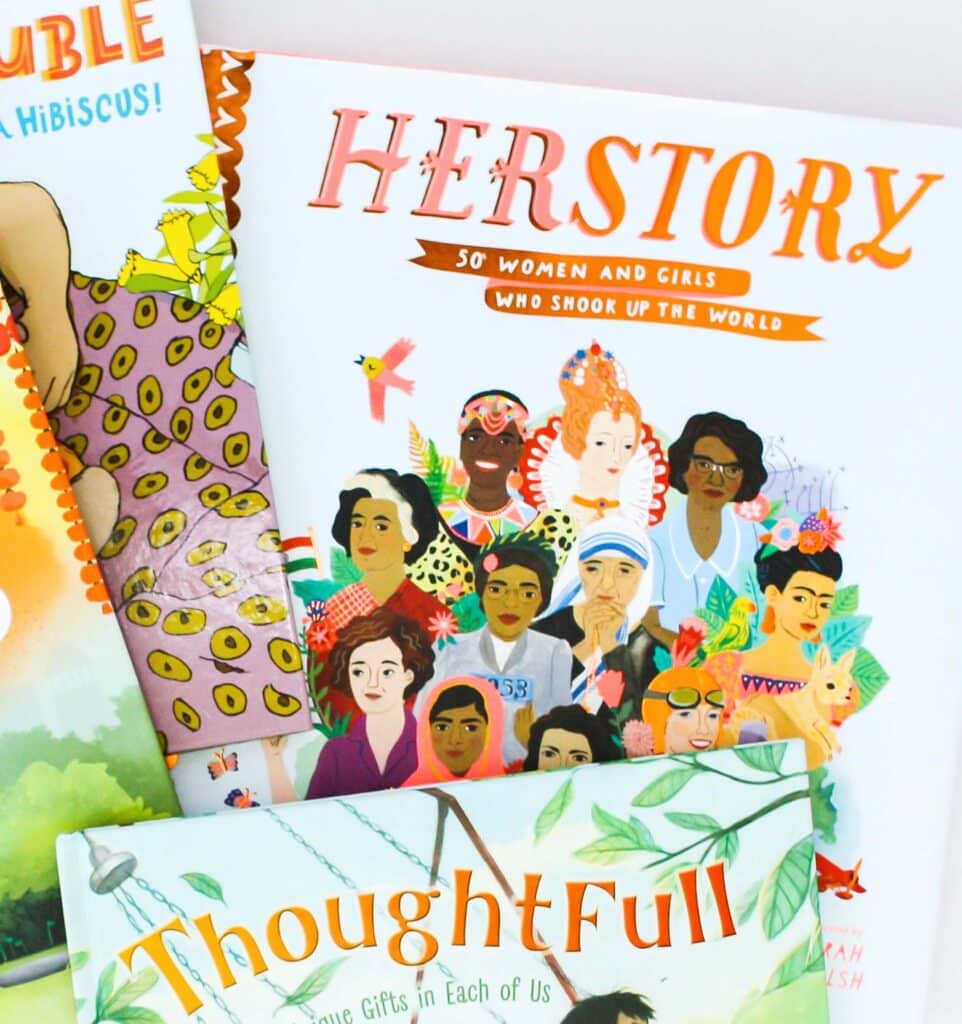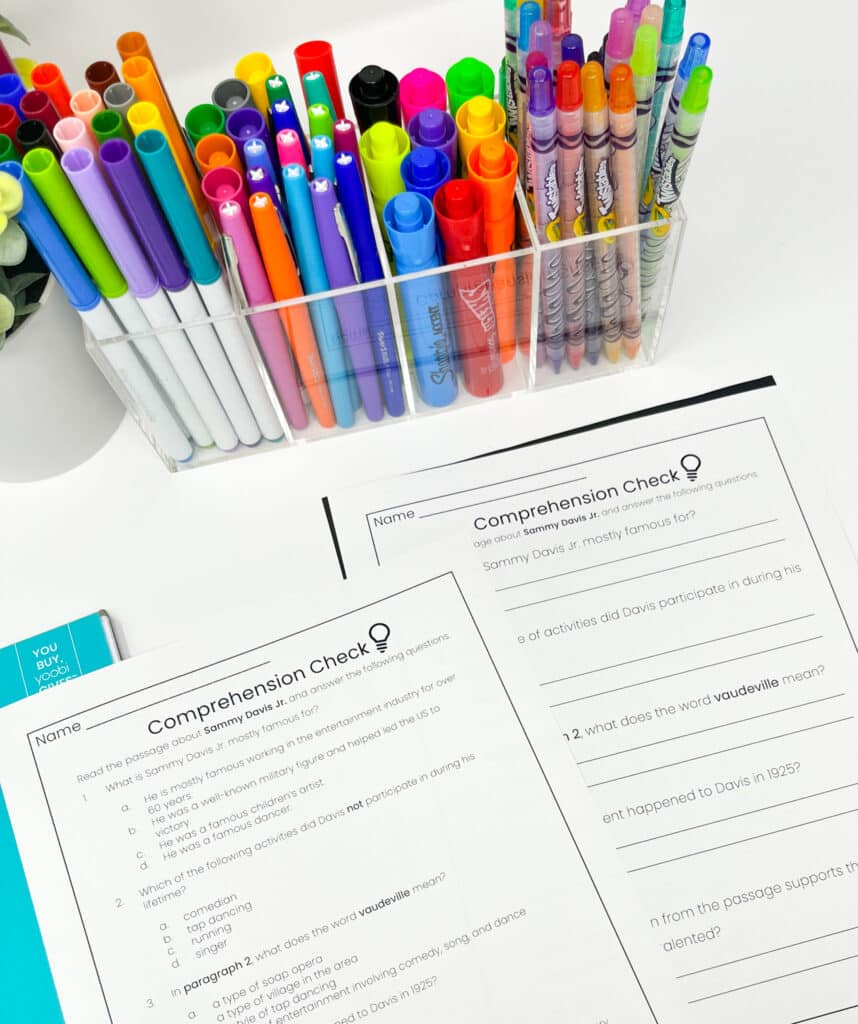8 Easy Steps to Teach Historical Figures in Upper Elementary
By Kirsten Hammond
Share This Post:
As we roll through the middle of the month and get ready for Valentine’s Day, let’s dive into something interesting—historical figures. Teaching about famous people in history is not only fun but also a great way to go back in time and connect with people who made a big impact on the world.
In this blog post, we’re going to discuss eight steps to teach historical figures in a way that’s easy to understand for students. We don’t want history to be boring – we want it to be fun, engaging, and encouraging students to want to learn more about the famous figures in more depth on their own afterwards.
Step 1: Pick Important Historical Figures
Choosing the right people from history is important. Think about people who did significant things and helped shape the world.
Make sure to include a variety of people —men, women, young, and old. This way, everyone gets a chance to learn about someone that represents the diversity of your classroom. Maybe it’s Ulysses S. Grant or Harriet Tubman—pick people who fit with what you’re also learning in class.

Step 2: Set the Scene
Before you jump into stories about historical figures, give a little background on the historical context! Help everyone understand what was going on during that time, what people believed, and any big events that influenced these figures. When you do this, your students will have a better understanding of their background and it will make more sense when learning about their lives.
Step 3: Create Lesson Plans
Create lessons that are interesting and use different ways of teaching. Use videos, guest speakers, and activities to make learning fun.
Talk about historical figures in a way that can increase buy in for everyone. And – share your excitement with the class!
Step 4: Bring History to Life
Make history real by talking about historical figures as if they regular people – because they ARE or WERE real people. Share interesting stories, quotes, or even play some audio or video clips. Make sure to talk about their struggles and achievements, so it feels more relatable or real for your students.

Step 5: Use Real Artifacts from the Past
Dig into primary sources like letters, diaries, and speeches. Primary sources can tell us exactly what happened, and can help students understand history and what life was like.
Step 6: Let Everyone Explore
Give everyone the chance to research and learn more about the historical figures they are interested in learning about in class.
Guide them on where to find good information and let them check out different parts of a person’s life beyond the lessons. This way, everyone can learn more about the historical figures they find interesting.
Step 7: Connect to Today
Talk about why historical figures still matter today. Connect their actions and ideas from the past to events happening now.
Discuss how what they did in the past may still affect us today. This makes history more interesting and shows us why it’s important.
Step 8: Check for Understanding
Make sure everyone understands what you’re teaching. Use quizzes, presentations, or essays to see how well everyone gets the information. Include a variety of formats such as multiple choice, short answer, written response, or a project based lapbook where students can have more autonomy in showing what they know.

Teaching about historical figures is a great way get students to love social studies and connect with the past. Follow these eight steps, and you’ll make learning about these awesome people fun and interesting.
Use your creativity to inspire your students to appreciate history and learn the important lessons that go along with it.
Check out the biography passage bundle for famous figures in black history!
kirsten hammond
Kirsten is a former 3rd and 5th grade teacher who loves helping upper elementary teachers by creating resources and sharing ideas that are engaging, research-based, and TEKS-aligned. She is a work-from-home mama of 3 rambunctious little ones and loves running, true crime, and lots of coffee.



















